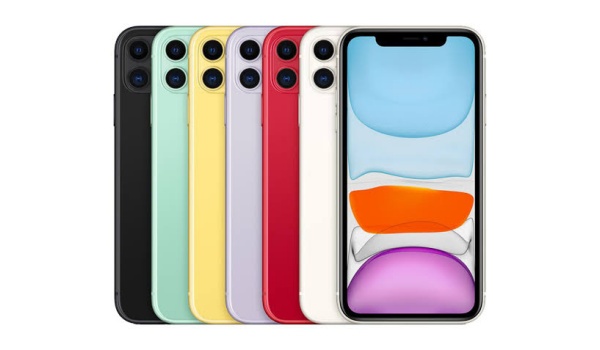Whether you are using the latest iPhone 13 model or an older model from years ago, the following tips below will help you get better performance out of your iDevice. Note that the older your model is, the more susceptible it is to slowing down and becoming sluggish. The reasons are easy to see. Older iPhones have older, and so less powerful processors, have smaller RAM and storage memory, and have usually have smaller battery capacity too. All of these are factors that affect the speed of devices. As we use our iPhones, they accumulate “junk” in their memories, newer software updates and apps have more advanced features that require more processing power, and older smaller batteries lose optimum functionality. It is inevitable that such devices slow down over time.
Speed up a slow iPhone with a restart or reboot
A simple restart can do wonders and should be the first step taken when you notice that your iPhone is slowing down or acting sluggish. When apps take longer to launch and tasks take longer to complete, it is time for a restart of your iPhone.
Disable Low Power Mode
iPhones come with a Low Power Mode built in, so you can preserve their battery life. But it does that by limiting the resources of the device, meaning that less power is available to keep things running smoothly. As such, one way to speed up a slow iPhone is to turn off Low Power Mode. You will find it in the phone Settings > Battery > Low Power Mode. Tap the toggle.
To speed up a slow iPhone, remove homescreen widgets, animations, and Motion Effects
Widgets add quick glance functionality to the homescreen of our smartphone. But that comes at a cost. Widgets are resource-intensive. Actually, anything that requires animation or moving graphics or live visual updates on your device is resource intensive. To speed up your iPhone, remove any widgets from the homescreen. To turn off Motion Effects, go to Settings > Accessibility > Motion, and tap the “Reduce Motion” toggle to enable it.
Free up space to speed up a slow iPhone
Every computing device slows down as its storage memory fills up. If you notice your iPhone being sluggish consistently, check to see if you aren’t pushing the limits of its storage. If the memory is almost filled up, it is time to delete some old stuff. Delete large files (videos are the biggest culprit here), and also delete any unused or unimportant apps from your iPhone to make it run faster.
Reset to factory settings to speed up a slow iPhone
Lastly, where all else fails, the ultimate action you can take by yourself without sending your phone to an authorised service centre is to reset your iPhone to factory settings. Do this only when you have run out of options, as it will wipe everything on the phone – apps, files, and settings. You will end up with a blank iPhone like when you first took it out of the box. If you have your iPhone backed up to iCloud, you can always restore the backup after a factory reset, though. To reset, go to Settings > General > Transfer or Reset iPhone. Select, “Erase All Content and Settings”, and complete the procedure. That’s all you can do on your own to speed up a slow iPhone. Every other possible solution will involve an authorised service centre. This includes if the battery has degraded and you need to replace it. All the best!
Don’t miss our reviews.Join our WhatsApp Group, to be notified of the most important articles and deals,Follow us on Instagram, Facebook, Twitter, and YouTube.
